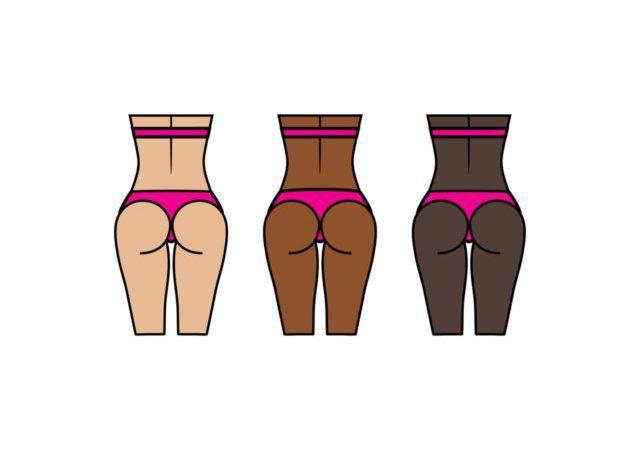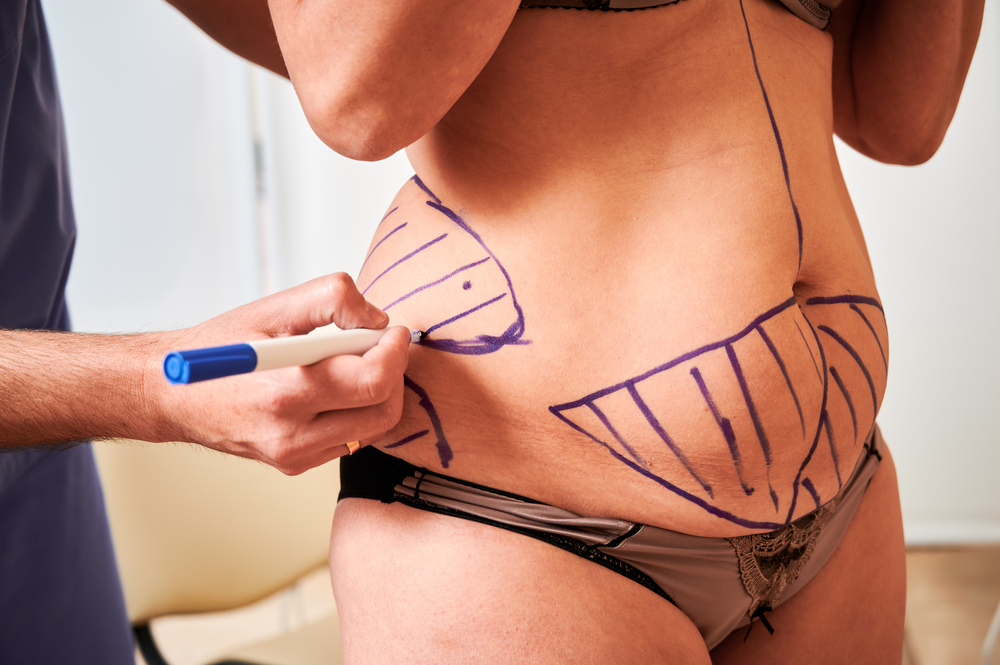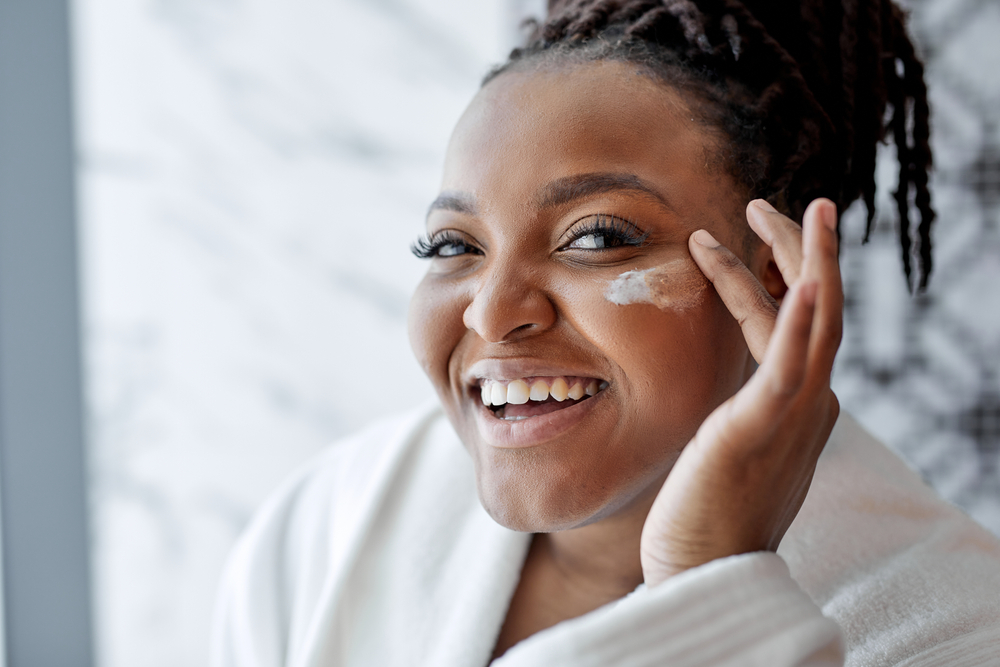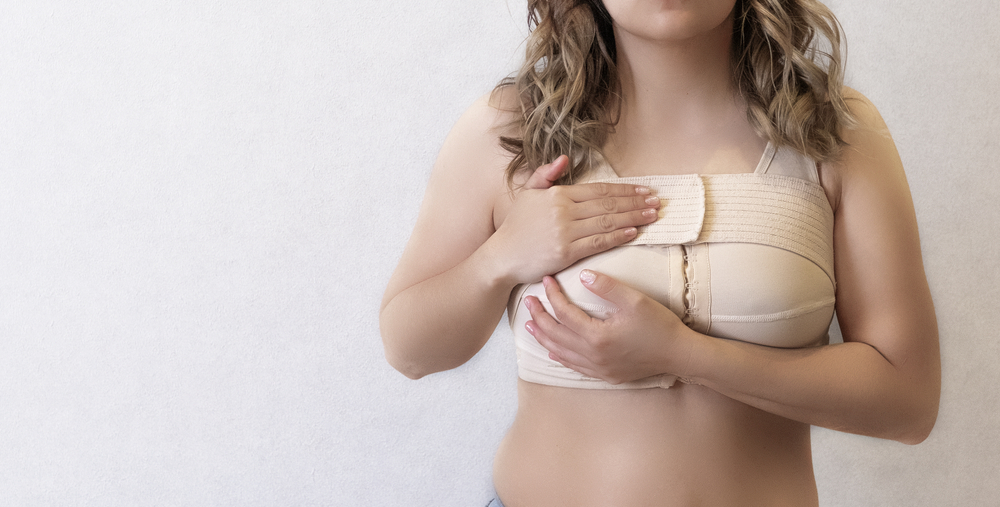
Fat grafting is a powerful new tool in the arsenal of plastic surgeons. Although the use of fat to fill soft tissue divots has been around since 1893, the clinical efficacy has been patchy. The modern version of fat grafting (where liposuction aspirate was use as graft material) did not appear until 1984 thanks to Illouz. Since then, it has taken time to refine the technique and produce predictable results. Coleman, Del Vecchio and others have pioneered much of the modern techniques used today. With such refinements in technique, fat grafting has been applied to an array of problems, including facial scarring, lip augmentation, facial atrophy due to aging, breast augmentation, breast defects after cancer, buttock augmentation and the list goes on.
What is fat grafting?
So how does it work? First, fat is HARVESTED using liposuction. This can be standard old school liposuction, “power-assisted” liposuction (PAL or Ticklelipo), waterjet liposuction (Bodyjet), etc. Some people use laser-based liposuction (Smartlipo) or Ultrasound-assisted liposuction (VASER), but this makes little sense as these technologies destroy fat cell viability. This can be performed under local or tumescent anesthesia or under sedation (sometimes referred to as MAC or TIVA anesthesia) or under general anesthesia. Most plastic surgeons prefer putting patients to sleep to maintain maximum precision and control and safety.
Next, the fat is PURIFIED in one of several ways. Some surgeons re-inject the fat directly from the liposuction canister without any manipulation. Some surgeons place the fat in a centrifuge and spin it down to get isolate the fat cells from other cells, etc. Some surgeons put it through a strainer to remove fibrous debris, leaving only fine fat. Some surgeons wash the fat in saline, removing debris that way. Finally, the fat is INJECTED into the area requiring augmentation or correction. The aspirated fat is typically placed into small syringes and injected with specially designed, blunt tip cannulas via very small access incisions. The injection cannula is usually passed in and out of the areas to be augmented multiple times, fanning out in multiple tissue planes. In the case of buttock augmentation (or Brazilian Buttlift), fat is placed in multiple layers both above and below the gluteus maximus muscle. Some surgeons recommend massaging the grafted areas to create a satisfactory contour. Others prefer to rely on the placement technique to create the appropriate contour. The surgeon may also place a dressing or bandage over the grafted area.
Best Brazilian Butt Lift Results
Early laboratory studies demonstrated average a 30% take rate. With more modern, atraumatic techniques, I am consistently achieving much better take rates than in the past (60-75%). During my training and my early years of practice beginning in 2007, I fastidiously followed Dr. Sydney Coleman’s protocols, including centrifugation and injection with small, fine cannulas. More recently, I have adapted my technique thanks largely to Dr. Del Vecchio’s body of work. My protocols now include the Del Vecchio rasp harvesting cannula, which is sharper cutting cannula that atraumatically harvests the fat and makes the graft more likely to survive. This is followed by a purification system in which the fat is gently washed in a closed system that avoids atmospheric pressure and further potential damage to cells. Finally, I have started using a specially designed, larger caliber Tulip injection cannula that is safer and who larger caliber also prevent pressure related damage during injection. In the buttocks, when attempting augmentation with fat (aka Brazilian Buttlift), I create a fine trellis of fat in the subcutaneous tissue and in the superficial muscle and submuscular space. With these simple changes incorporated over the last 2 years, I am now seeing consistently excellent results with fat grafting!










